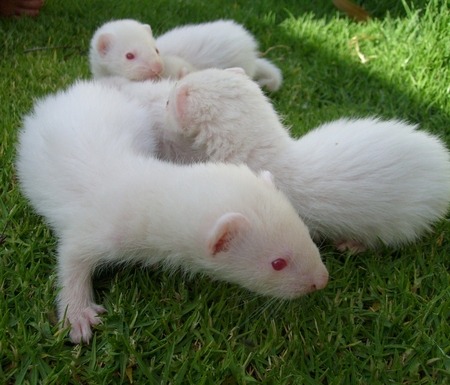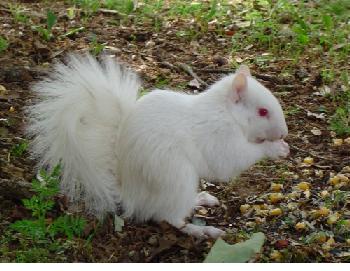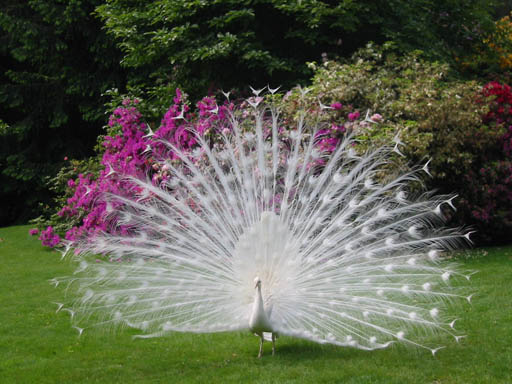|
|
|---|
Friday, October 24, 2008
Masters of disguise: Stunning pictures of the tricks used by creatures to camouflage themselves
Posted by kotang at 12:24 PMHiding under lily pads and blending into their environment these species of the animal kingdom are masters of disguise.
With the ability to fade, blend and merge these animals use the art of concealment as a means of survival in the natural world.
Animals use two basic methods to conceal themselves in nature: general resemblance and special resemblance.
With general resemblance animals use colour to blend in with their habitat so that they're almost invisible.
Waiting patiently underneath this lily in the Australian swamplands, this young crocodile uses his deep green skin to blend in perfectly with its habitat, waiting to strike.
In contrast the three toed sloth in Costa Rica is almost invisible as it clings effortlessly to this tree trunk. 

An endangered species, the pygmy three-toed sloth is characterised by usually blotchy, pale grey-brown fur and a tan-coloured face with a distinctive dark band across the forehead, from which long, shaggy hair hangs over the face, giving a hooded appearance.
Sloths have an unusual means of camouflage to avoid perdition; their outer fur is often coated in algae, giving the pelage a greenish tint that helps hide them in their forest habitat.
Others, like the two month old cheetah hiding under a wheel in Kenya's Masa Mara, and the grizzly bear in the snow North America, simply use their cunning and guile to remain hidden.

With special resemblance animals use a combination of colour, shape and behaviour to help them appear like something in their habitat.
Sitting in an iris flower, this goldenrod spider in France, this goldenrod spider is a member of the crab spider family. It is best known for its ability to change its colour from white to yellow in order to camouflage among flowers.
Usually found wherever there are yellow and white flowers, especially goldenrod and daisies, they eat insects, either by hunting on the ground, or by ambushing from a flower.


However the master of disguise is the mimic octopus, shown here in the Maldives.
Like the harlequin crab, they use their colours to merge into their surrounding environment.
But unlike the harlequin crab, the mimic octopus can undergo startling transformations into deadly or inedible animals so that predators avoid them.
The octopus' abilities have only recently been discovered and have been the subject of several scientific studies in recent years. 



Like the mimic octopus, merlet's scorpionfish, seen here in the Lifou Loyalty Islands, New Caledonia, harnesses the art of concealment to perfection.
This species tend to be dominated by colours that mimic their surroundings.
Additionally, these species are covered with numerous cirri, fleshy appendages, spines, and ridges; these appendages provide additional camouflage.
Like its name, the orchid mantis has white and pink projections over their legs, neck, and abdomen, allowing them can make a fantastic camouflage when placed on an orchid.
Regardless, these animals are so adaptable it would be easier to find Wally amongst these maters of disguise.

Labels: amazing, Animals, Camouflage, Deadliest Creatures, Stunning pictures














